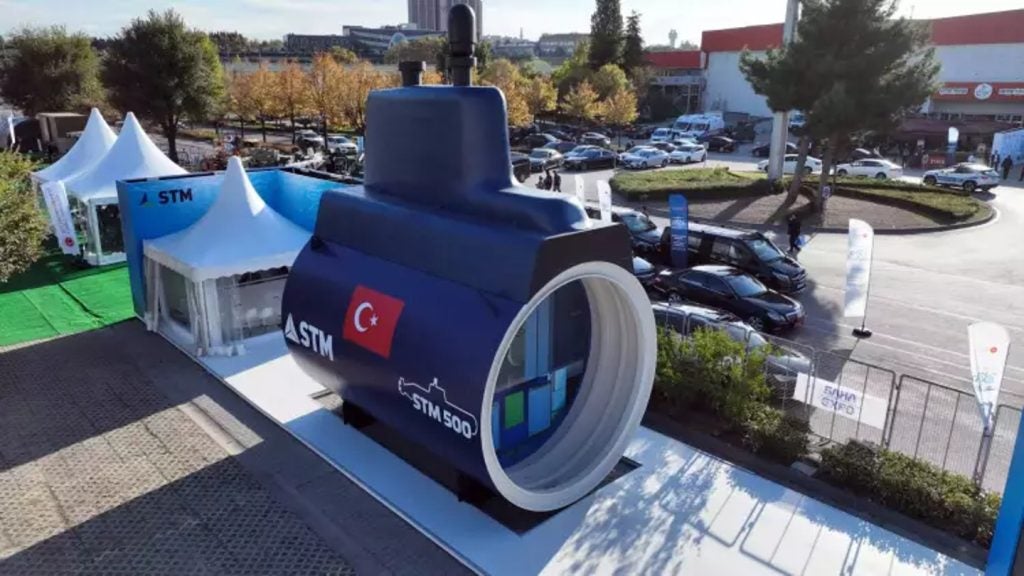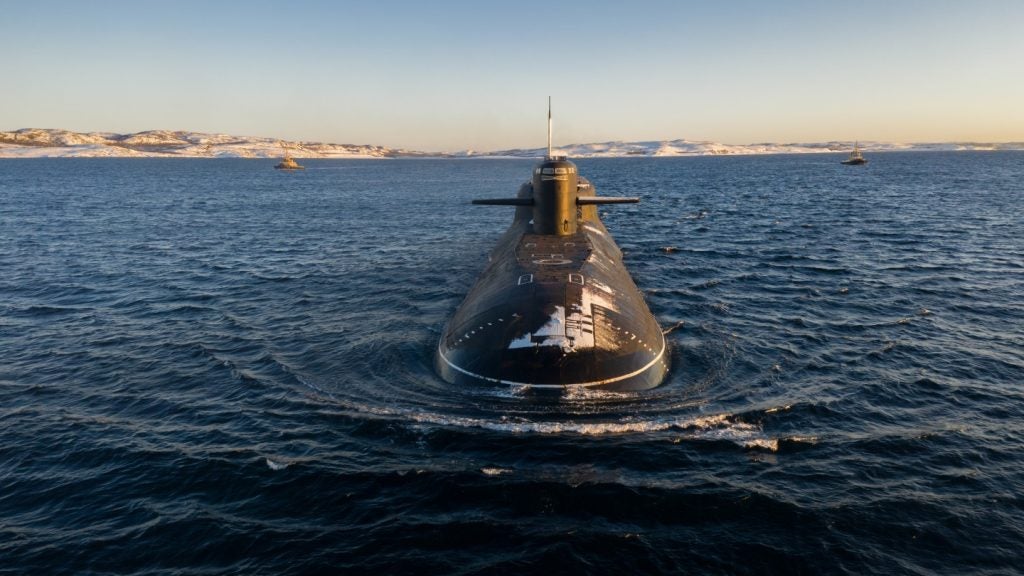Boeing has been awarded a $2.4bn contract by the US Navy for the delivery of P-8A Poseidon multi-mission maritime surveillance aircraft.
Under the fixed-price-incentive-firm modification contract, Boeing will provide 16 Poseidon full rate production Lot I aircraft as well as 16 ancillary mission equipment kits for the US Navy.
Work under the contract is scheduled to be completed in April 2017, and will be carried out in Cambridge, UK, as well as in Washington, Maryland, New York, Illinois, and various other locations inside and outside of the US.
The company has delivered 13 P-8A aircraft to the Navy while the first patrol squadron was deployed to Kadena, Japan, in December 2013.
US Navy P-8A programme manager captain Scott Dillon said: "These full-rate production aircraft provides an opportunity to deliver the best system through a cost-effective procurement contract.
"The maritime patrol and reconnaissance community has begun to make history with the P-8As already delivered to the fleet."
Boeing vice-president and P-8 programme manager Rick Heerdt said: "We have delivered eight P-8 aircraft on or ahead of schedule in 2013 and aims to keep that streak going in 2014.
"This contract reflects the success of the programme, and enables us to continue delivering an advanced, cost-effective maritime patrol aircraft to the Navy."
The US Navy is planning to procure 117 P-8A aircraft intended to replace its existing turbo-prop P-3 Orion fleet.
The Boeing-led team for the construction of the P-8A aircraft includes CFM International, Northrop Grumman, Raytheon, Spirit AeroSystems and GE Aviation.
The P-8A Poseidon is a derivative of the Boeing’s 737 commercial aircraft, and can be used to conduct long-range anti-submarine warfare (ASW), anti-surface warfare (ASuW) and intelligence, surveillance and reconnaissance missions.
Image: A US Navy’s P-8A Poseidon aircraft takes off from Naval Air Station Jacksonville. Photo: courtesy of US Navy ClarkPierce/Released.









